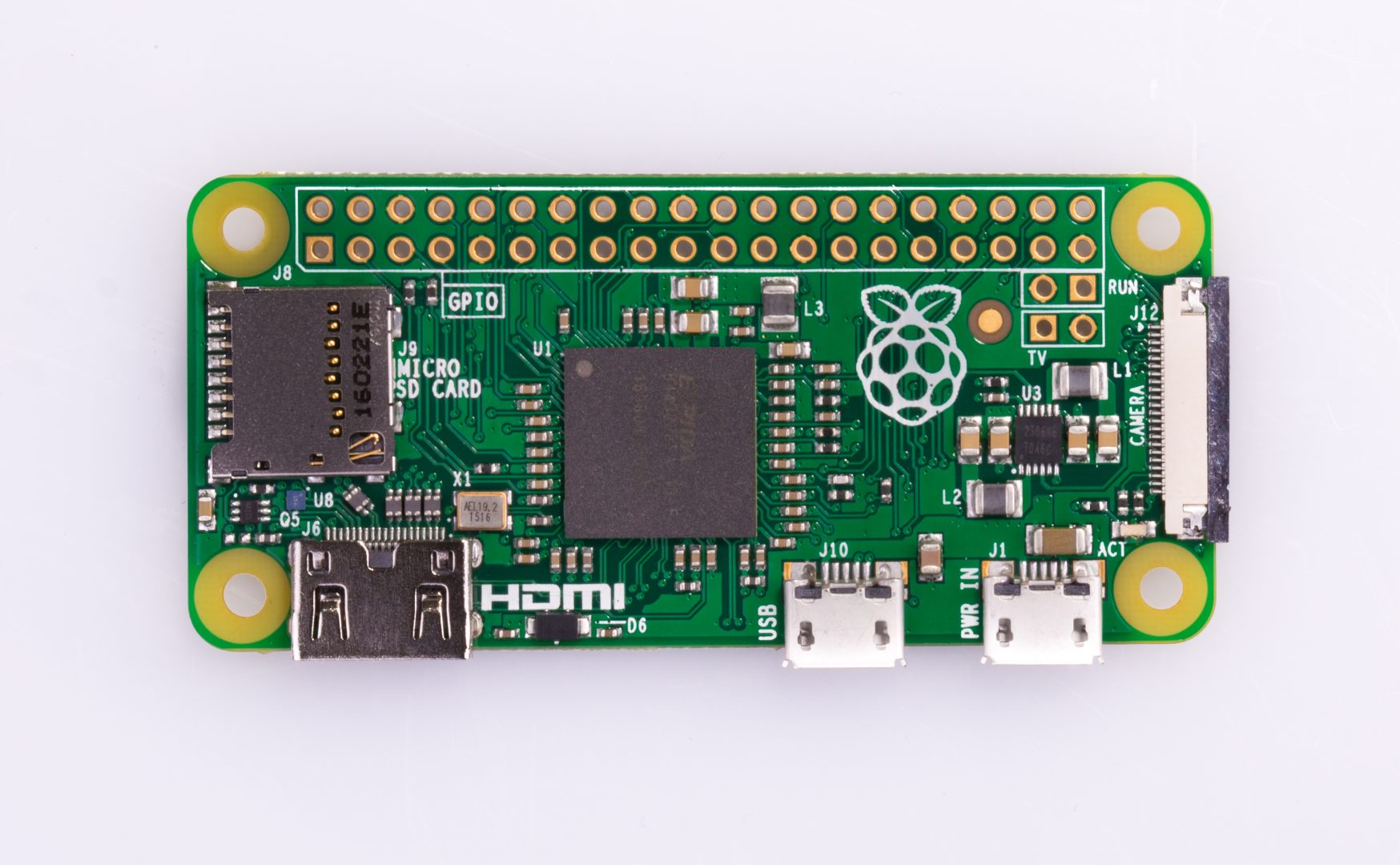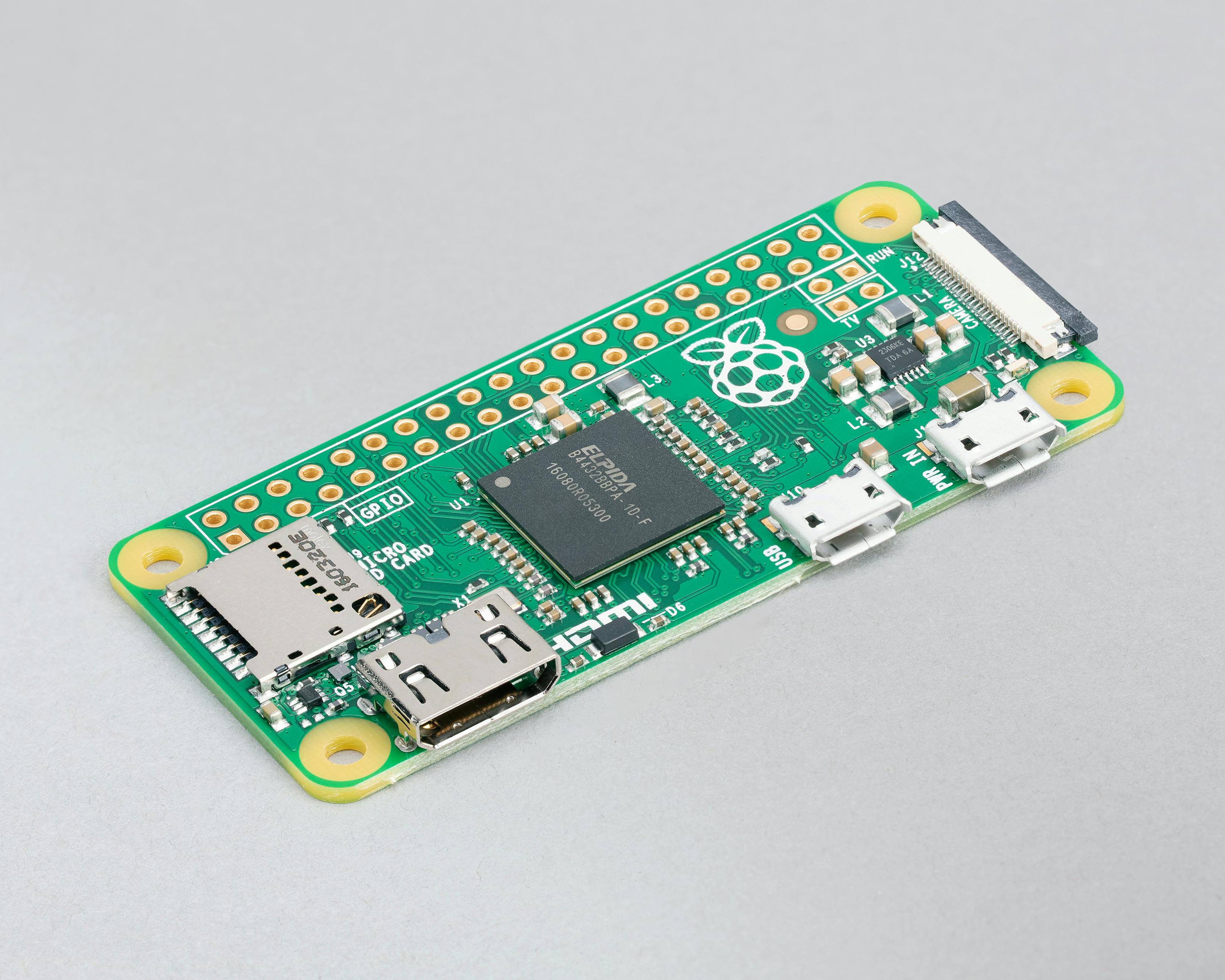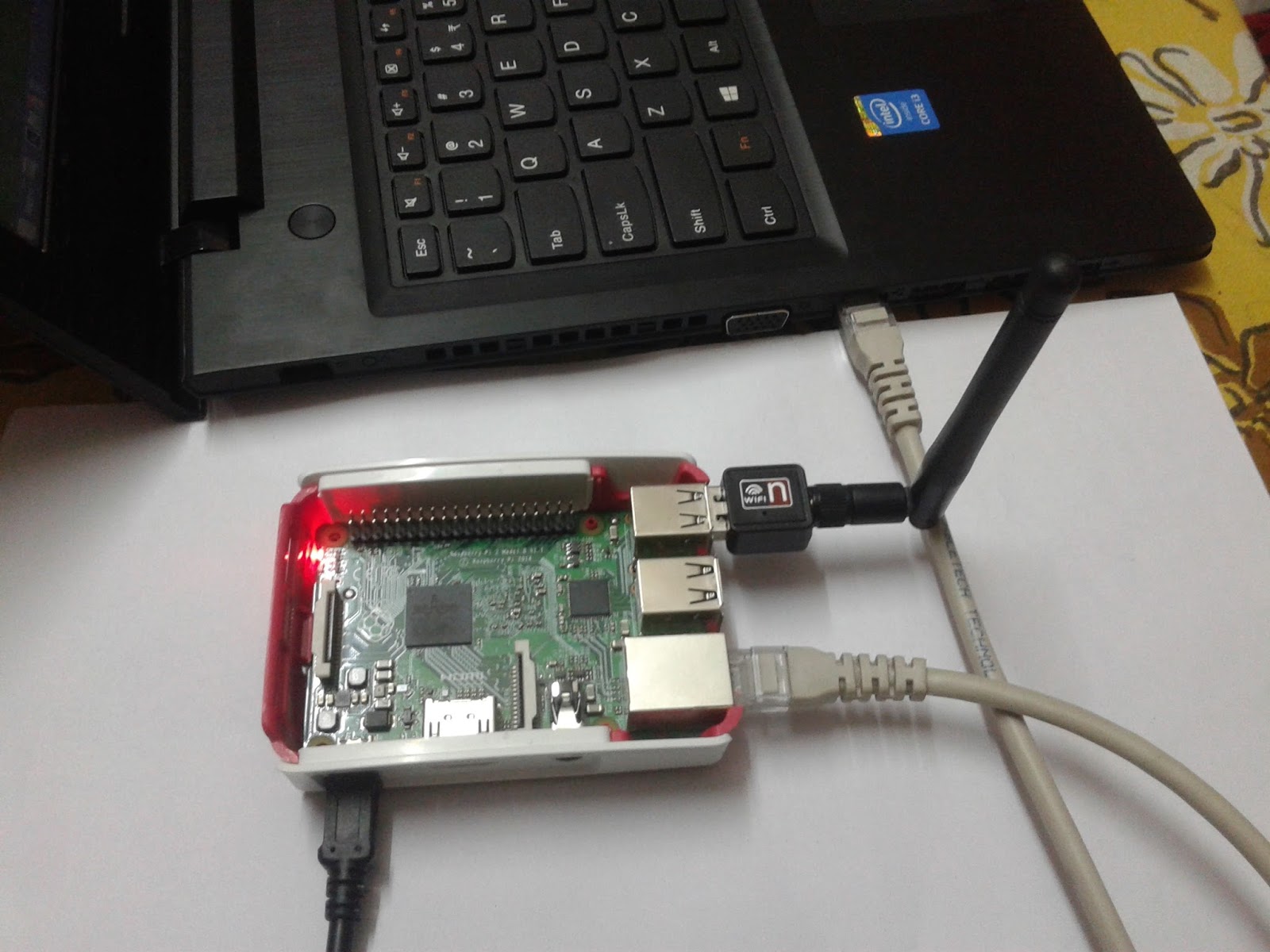Hey there, tech-savvy friends! Are you ready to dive deep into the world of remote IoT? Today, we’re talking about how to remotely access Raspberry Pi and grab RemoteIoT for free. This is not just a quick tutorial but your ultimate guide to setting up and managing remote connections without breaking a sweat. Whether you're a beginner or an advanced user, this article has got you covered. So, buckle up and let's get started!
In this digital age, connecting devices remotely has become a necessity rather than a luxury. From monitoring home security systems to controlling smart appliances, remote access opens a world of possibilities. And what better platform to experiment with than Raspberry Pi? With its versatility and affordability, Raspberry Pi has become the go-to device for hobbyists and professionals alike. Now, imagine being able to access your Pi from anywhere in the world—sounds awesome, right?
But wait, there's more! We’re not just stopping at accessing Raspberry Pi remotely. We’ll also show you how to download RemoteIoT for free, a powerful tool that simplifies remote IoT management. Whether you're building a home automation system or a complex industrial IoT setup, RemoteIoT can be your trusted companion. So, let's explore how to make the most out of your Raspberry Pi with remote access and RemoteIoT.
- Andrew Ridgeley Married A Deep Dive Into His Love Story And Personal Life
- Is Rapper Special Ed Ethnicity A Hot Topic Lets Dive In
Why Remotely Access Raspberry Pi?
Before we dive into the nitty-gritty, let's talk about why remotely accessing Raspberry Pi is such a big deal. Think about it—your Raspberry Pi is the brain of your IoT setup. Being able to access it from anywhere gives you the flexibility to manage, monitor, and troubleshoot your devices without being physically present. This is especially useful if you're running a project that spans multiple locations or if you simply want to check on your setup while sipping coffee at a café.
Here are a few reasons why remote access is a game-changer:
- Convenience: Access your Raspberry Pi from anywhere in the world using just an internet connection.
- Efficiency: Save time by managing multiple devices remotely without having to travel.
- Security: Keep an eye on your IoT setup and address any issues before they escalate.
- Cost-Effective: Reduce operational costs by eliminating the need for on-site visits.
Now that we’ve established why remote access is essential, let’s move on to the tools and techniques you’ll need to make it happen.
- Al Harrington Nuggets The Man Behind The Magic In The Nba
- Jd Vance Net Worth The Rise Of A Political Figure And Bestselling Author
What is RemoteIoT and Why Should You Use It?
RemoteIoT is a software solution designed to simplify remote IoT management. It allows you to connect to your Raspberry Pi and other IoT devices effortlessly, providing a seamless experience for both beginners and experts. With features like secure connections, real-time data monitoring, and easy-to-use interfaces, RemoteIoT is a must-have for anyone working with IoT projects.
Here’s what makes RemoteIoT stand out:
- Free Download: You can download RemoteIoT for free, making it accessible to everyone.
- Security: It uses encryption protocols to ensure your data is safe during transmission.
- User-Friendly: Even if you're new to IoT, RemoteIoT’s intuitive interface will make you feel like a pro in no time.
- Compatibility: Works seamlessly with Raspberry Pi and other popular IoT platforms.
So, if you're looking for a reliable tool to manage your IoT projects remotely, RemoteIoT is definitely worth checking out.
How to Remotely Access Raspberry Pi
Accessing your Raspberry Pi remotely might sound intimidating, but trust me, it’s easier than you think. Here’s a step-by-step guide to help you get started:
Step 1: Set Up Your Raspberry Pi
First things first, make sure your Raspberry Pi is up and running. Install the latest version of Raspberry Pi OS and connect it to your local network. If you’re planning to access your Pi from outside your home network, ensure it has a static IP address. This will make it easier to connect later on.
Step 2: Enable SSH
SSH (Secure Shell) is the most common method for remotely accessing Raspberry Pi. To enable SSH, follow these steps:
- Open the Raspberry Pi Configuration tool from the main menu.
- Go to the Interfaces tab and select Enable for SSH.
- Reboot your Raspberry Pi to apply the changes.
Once SSH is enabled, you can connect to your Pi using an SSH client like PuTTY (for Windows) or Terminal (for Mac and Linux).
Step 3: Set Up Port Forwarding
If you want to access your Raspberry Pi from outside your local network, you’ll need to set up port forwarding on your router. This involves forwarding a specific port (usually port 22 for SSH) to your Raspberry Pi’s IP address. Consult your router’s manual for detailed instructions, as the process may vary depending on the model.
Step 4: Use a Dynamic DNS Service
Your home IP address might change from time to time, which can make it difficult to connect to your Raspberry Pi remotely. To avoid this issue, sign up for a Dynamic DNS (DDNS) service. DDNS will assign a hostname to your IP address, allowing you to connect to your Pi using a consistent URL.
Downloading RemoteIoT for Free
Now that your Raspberry Pi is set up for remote access, it’s time to download RemoteIoT. Here’s how you can get it for free:
Step 1: Visit the Official Website
Head over to the RemoteIoT official website and navigate to the download section. Make sure you’re downloading from a legitimate source to avoid any security risks.
Step 2: Choose the Right Version
RemoteIoT offers different versions depending on your operating system and device. Since we’re focusing on Raspberry Pi, select the version compatible with your Pi’s architecture (e.g., ARMv7 or ARMv8).
Step 3: Install and Configure
Once the download is complete, follow the installation instructions provided in the documentation. After installation, configure RemoteIoT to connect to your Raspberry Pi. This usually involves entering your Pi’s IP address, port number, and login credentials.
Tips for Secure Remote Access
While remote access is incredibly convenient, it’s important to prioritize security. Here are a few tips to keep your Raspberry Pi and IoT setup safe:
- Use Strong Passwords: Avoid using simple or easily guessable passwords for SSH access.
- Enable Two-Factor Authentication: Add an extra layer of security by enabling 2FA whenever possible.
- Regularly Update Software: Keep your Raspberry Pi OS and RemoteIoT software up to date to protect against vulnerabilities.
- Limit Access: Restrict SSH access to specific IP addresses if you only need to connect from certain locations.
By following these best practices, you can enjoy the benefits of remote access without compromising on security.
Common Issues and Troubleshooting
Even with the best preparation, things can sometimes go wrong. Here are some common issues you might encounter when remotely accessing Raspberry Pi and how to fix them:
Issue 1: Unable to Connect via SSH
Solution: Double-check your Raspberry Pi’s IP address and ensure SSH is enabled. Also, verify that your router’s port forwarding settings are correctly configured.
Issue 2: Slow Connection Speeds
Solution: Optimize your network settings and consider using a wired connection instead of Wi-Fi for better stability.
Issue 3: Security Alerts
Solution: Review your security settings and ensure all software is updated. If necessary, consult the RemoteIoT documentation for troubleshooting tips.
Real-World Applications of Remote IoT
Remote IoT isn’t just about accessing Raspberry Pi—it has a wide range of applications across various industries. Here are a few examples:
- Home Automation: Control smart lights, thermostats, and security cameras from anywhere.
- Agriculture: Monitor soil moisture levels and automate irrigation systems for optimal crop growth.
- Healthcare: Enable remote patient monitoring and telemedicine services using IoT devices.
- Industrial IoT: Streamline operations by remotely managing machinery and equipment.
These applications highlight the versatility and potential of remote IoT in transforming various sectors.
Future Trends in Remote IoT
As technology continues to evolve, the future of remote IoT looks promising. Here are a few trends to watch out for:
- 5G Connectivity: Faster and more reliable networks will enhance remote IoT capabilities.
- AI Integration: Artificial intelligence will play a bigger role in analyzing and optimizing IoT data.
- Edge Computing: Processing data closer to the source will reduce latency and improve efficiency.
By staying updated with these trends, you can make the most out of your remote IoT setup.
Conclusion
And there you have it—a comprehensive guide to remotely accessing Raspberry Pi and downloading RemoteIoT for free. Whether you’re a hobbyist tinkering with home automation or a professional managing complex IoT projects, remote access opens up endless possibilities. Remember to prioritize security and follow best practices to ensure a smooth and hassle-free experience.
So, what are you waiting for? Start experimenting with remote IoT today and see how it can transform your projects. Don’t forget to leave a comment below sharing your experiences or asking any questions you might have. And if you found this article helpful, feel free to share it with your fellow tech enthusiasts. Happy tinkering!
Table of Contents
- Tony Puryear The Ultimate Guide To His Art Legacy And Impact
- Andrew Ridgeley Married A Deep Dive Into His Love Story And Personal Life


